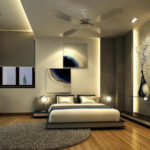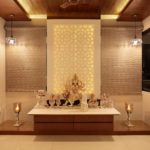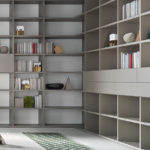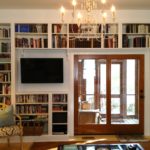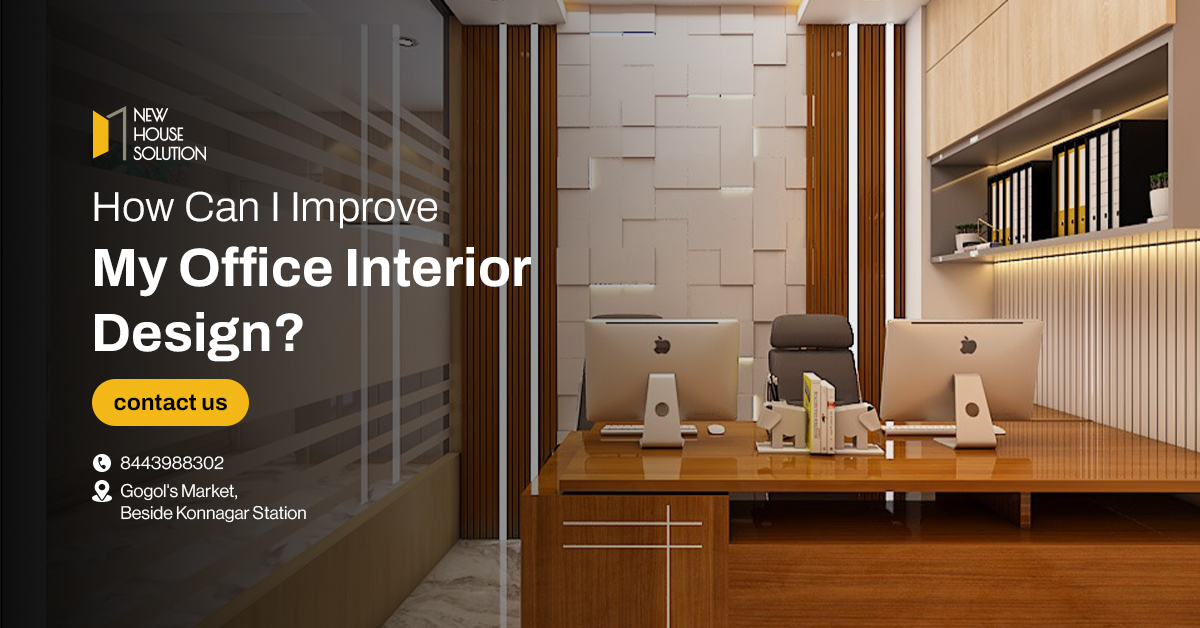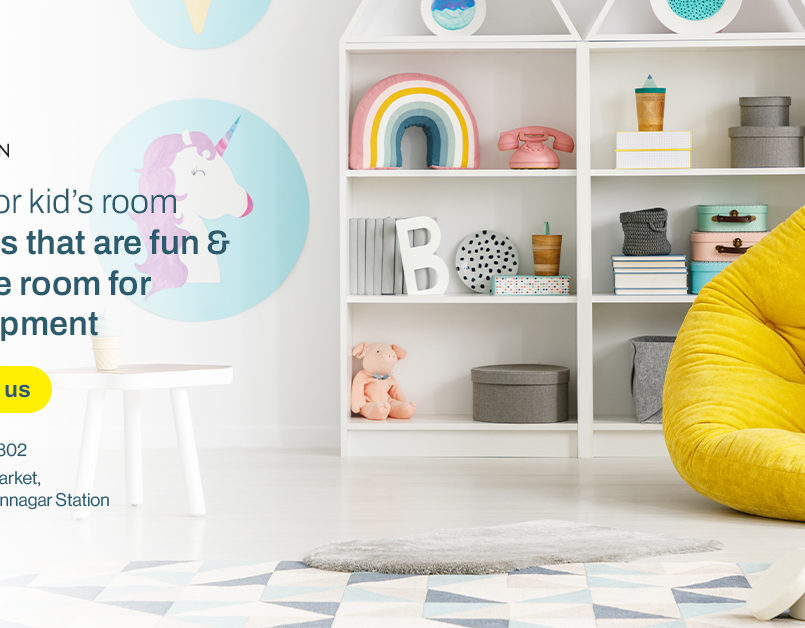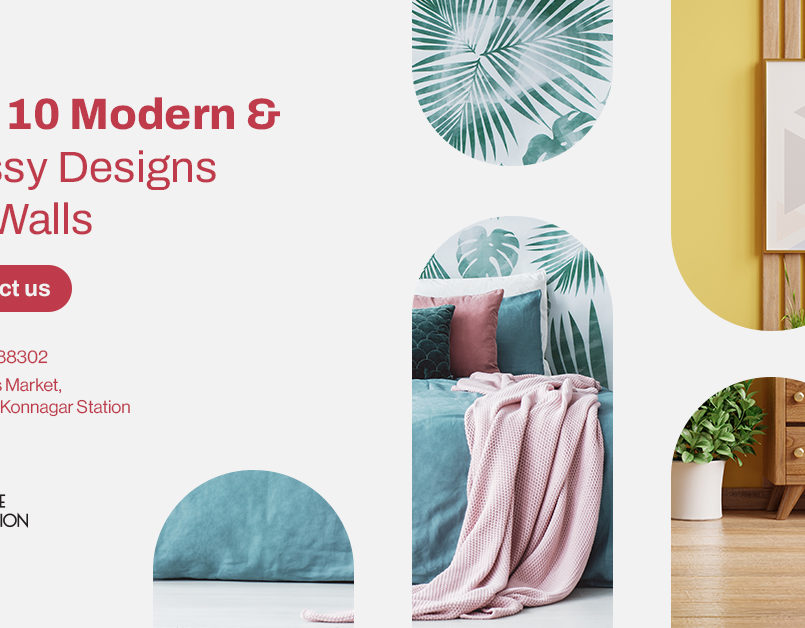How Can I Improve My Office Interior Design?
Improving your office interior design can have a positive impact on productivity, morale, and the overall atmosphere in the workspace. Here are several tips to help you enhance your office interior design:
- Define Your Objectives: Before making any changes, clearly define your objectives. Are you aiming to create a more collaborative environment, boost creativity, or improve employee well-being? Understanding your goals will guide your design decisions.
- Consider Ergonomics: Invest in ergonomic furniture and equipment to promote employee comfort and health. Adjustable chairs, sit-stand desks, and proper lighting are essential for a productive workspace.
- Maximize Natural Light: If possible, maximize the use of natural light in your office. Natural light can improve mood and energy levels. Use light-filtering window treatments to control glare and privacy.
- Color Psychology: Choose paint colors and decor that align with the mood you want to create in each area. For example, blue can be calming, while yellow can be energizing. Neutral tones like gray and beige can create a professional backdrop.
- Functional Layout: Arrange furniture and workspaces to optimize flow and functionality. Ensure that desks, chairs, and equipment are positioned for efficiency and collaboration, if desired.
- Personalize Workspaces: Encourage employees to personalize their workspaces with items like plants, artwork, or photos. This can help create a sense of ownership and comfort.
- Creative Break Areas: Create comfortable and visually appealing break areas where employees can relax and recharge. Consider adding lounge furniture, games, or a small kitchenette.
- Incorporate Greenery: Indoor plants not only improve air quality but also add a touch of nature to the office, making it more inviting and refreshing.
- Sound Control: Use acoustic panels, rugs, and sound-absorbing materials to control noise levels and create a quieter, more focused environment.
- Tech Integration: Ensure that your office is equipped with the latest technology for efficient communication and productivity. Cable management solutions can also help keep the workspace tidy.
- Branding: Incorporate your company’s branding elements into the office design. This can include using your brand colors, logo, and mission statement in the decor.
- Flexibility: Design with flexibility in mind. Modular furniture and movable partitions can adapt to changing needs, making it easier to reconfigure the space as your business evolves.
- Storage Solutions: Keep clutter at bay with effective storage solutions. Consider built-in cabinets, shelving units, or mobile storage options to maintain a clean and organized office.
- Sustainable Design: Implement eco-friendly design elements such as energy-efficient lighting, recycled materials, and sustainable furniture. Sustainable design not only benefits the environment but also promotes a positive image for your company.
- Employee Input: Involve employees in the design process. Gather their input and preferences to create a workspace that caters to their needs and preferences.
- Regular Maintenance: Maintain the office regularly to ensure that it remains clean, functional, and aesthetically pleasing. This includes cleaning, repairing, and updating as needed.
Remember that office design is not a one-time project but an ongoing process. As your company evolves and your needs change, be open to making adjustments to the office interior to keep it aligned with your goals and the well-being of your employees.


